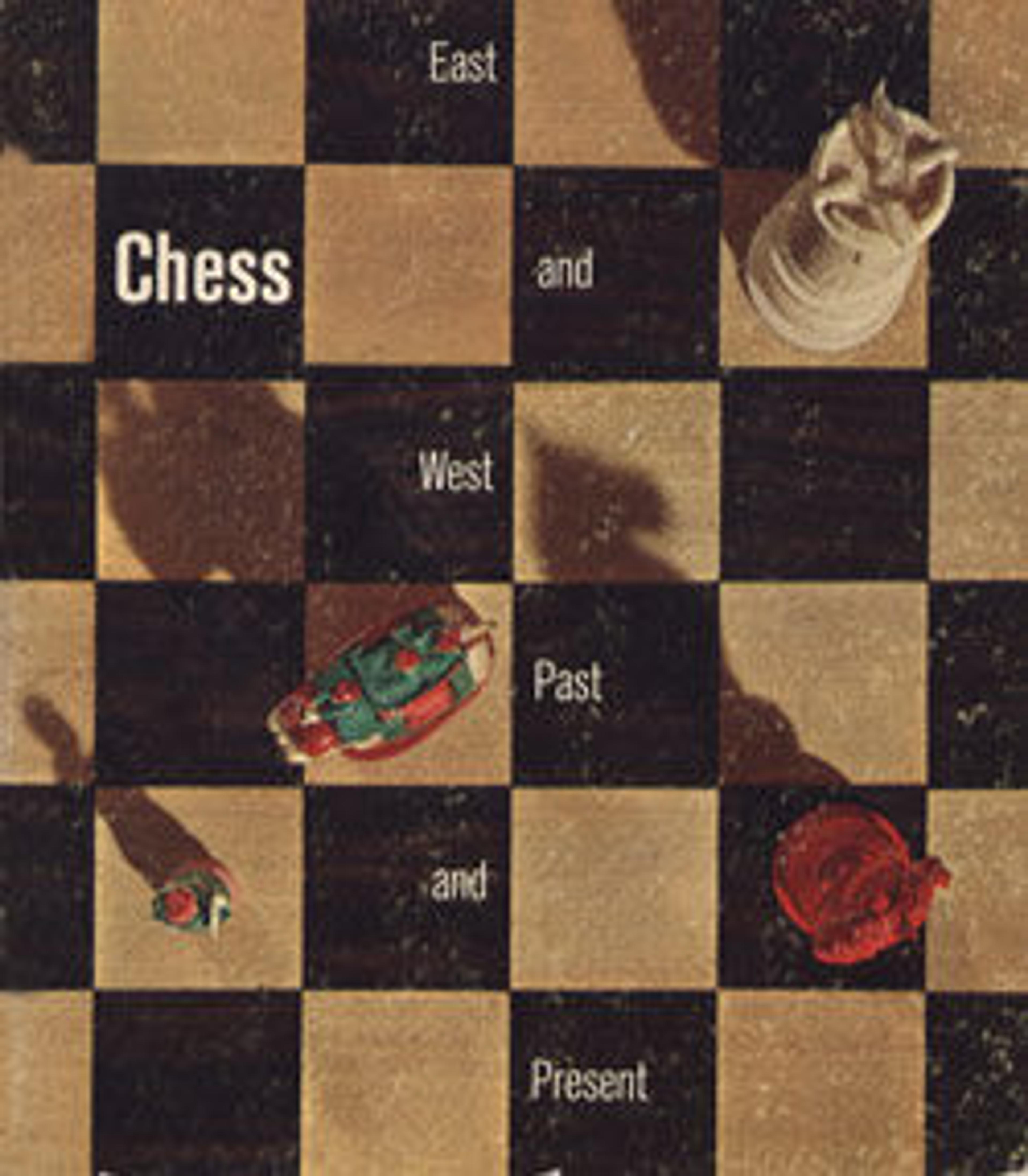Chessmen (32)
The design of the set follows European models but has been elaborated in such a florid way that the chessmen could not be used for play. The pieces are easily recognizable despite the elaboration and the Oriental touches in the rooks, with their rosebud domes and Indian arcades. The major pieces are versions of the "crow's-nest" type common in Europe in the sixteenth century, but which began even earlier. Normally the points of the serrations project upard, but here they curl over and hang downward. The king's crown is a representation of an English one, two crossed straps with an orb at the point of juncture, rising from crosses patté with fleur-de-lis between. A French set of the late eighteenth century illustrated in Hammond, the Book of Chessmen, pl. xxx, shows the type of which this is an Indian elaboration, made for British purchasers. The British pawns are soldiers presenting arms; the Indians are spearmen with swords and shields.
Artwork Details
- Title: Chessmen (32)
- Date: late 19th century
- Culture: Indian
- Medium: Ivory
- Dimensions: Height (each king): 5 1/4 in. (13.3 cm);
Height (each pawn): 3 1/4 in. (8.3 cm) - Classification: Chess Sets
- Credit Line: Gift of Gustavus A. Pfeiffer, 1948
- Object Number: 48.174.117a–p, aa–pp
- Curatorial Department: European Sculpture and Decorative Arts
More Artwork
Research Resources
The Met provides unparalleled resources for research and welcomes an international community of students and scholars. The Met's Open Access API is where creators and researchers can connect to the The Met collection. Open Access data and public domain images are available for unrestricted commercial and noncommercial use without permission or fee.
To request images under copyright and other restrictions, please use this Image Request form.
Feedback
We continue to research and examine historical and cultural context for objects in The Met collection. If you have comments or questions about this object record, please complete and submit this form. The Museum looks forward to receiving your comments.
